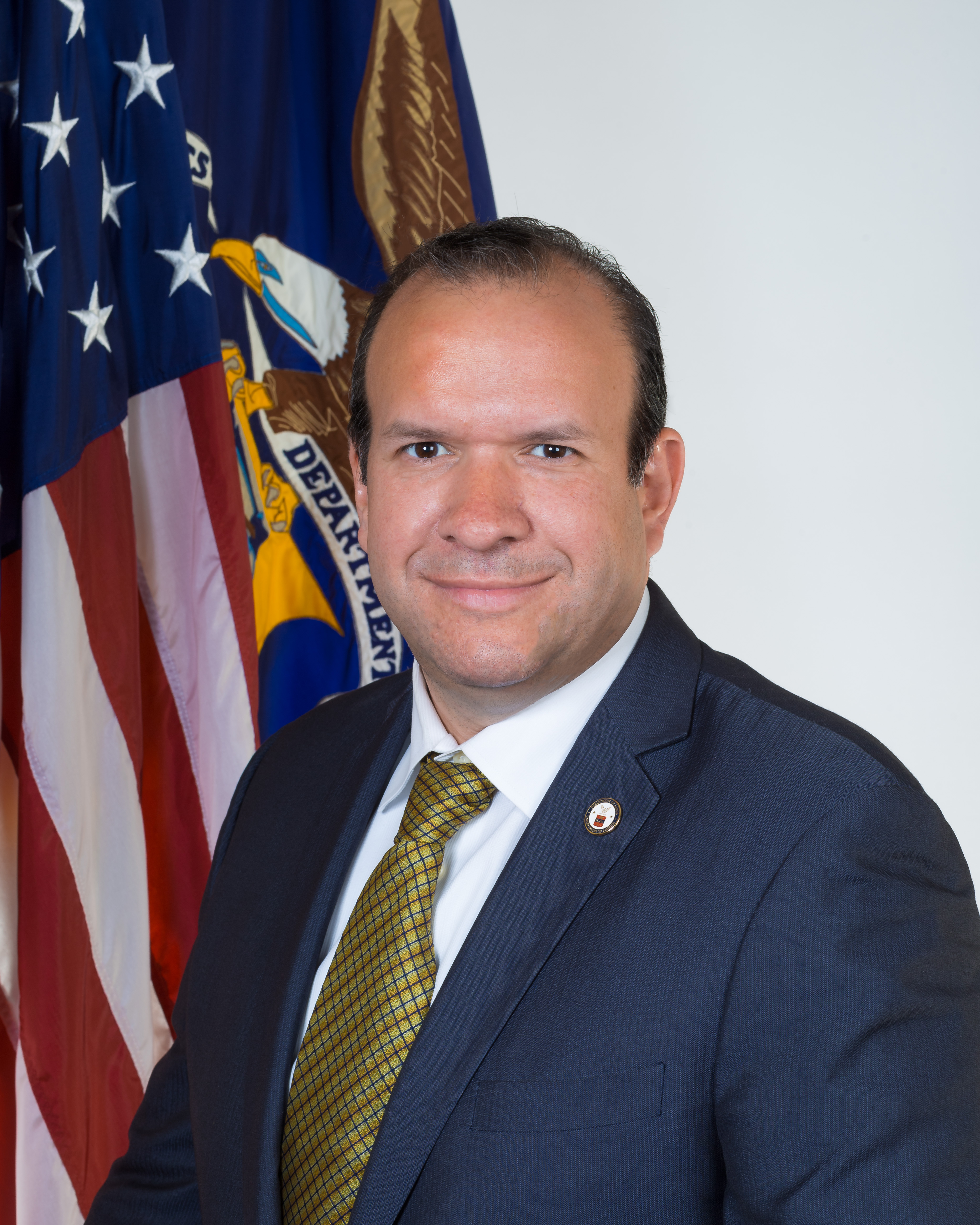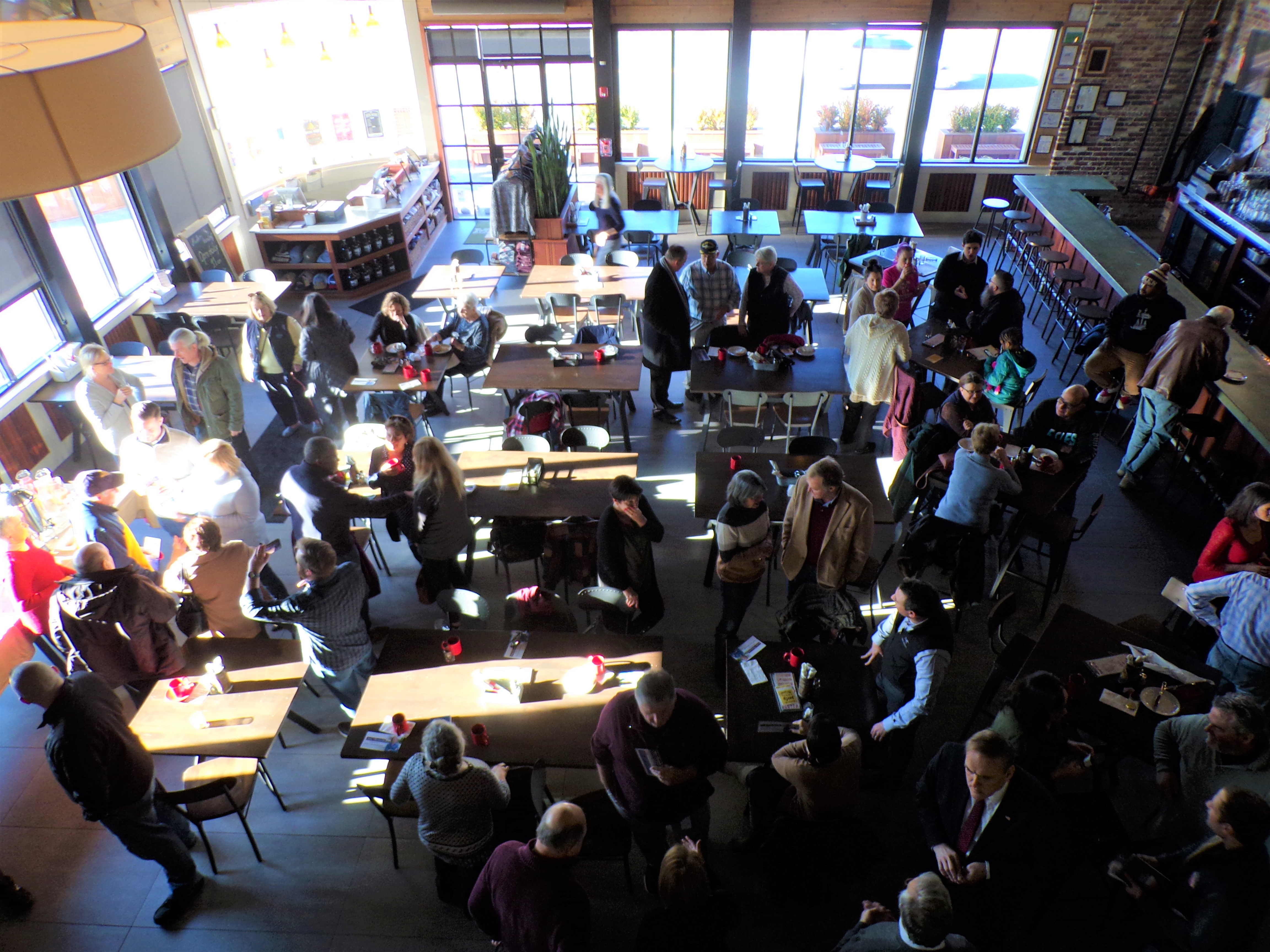Marlboro Township is a township in Monmouth County, New Jersey, United States. As of the 2010 United States Census, the township had a population of 40,191, reflecting an increase of 5,449 (+16.3%) from the 33,423 counted in the 2000 Census, which had in turn increased by 6,707 (+25.1%) from the 26,716 counted in the 1990 Census.
Marlboro Township was formed by an act of the New Jersey Legislature on February 17, 1848, from portions of Freehold Township. The township was named for the marl beds found in the area.
The township of Marlboro is named for the prevalence of marl, which was first discovered in the area east of the village in 1768. Marl was used extensively on farms and spread during the winter months to be tilled into the soil in the spring. The “Marl Pits” are clearly reflected on maps from 1889 shown as a dirt road off of Hudson Street heading towards the current location of the township soccer fields. Farmers used marl to improve the soil in the days before commercial fertilizers and there was a heavy demand for it. Marlboro Township’s first industry was the export of the material, used primarily as fertilizer. In 1853, the Marl was harvested and transported to other parts of the state and to the Keyport docks via the Freehold Marl Company Railroad (now the Henry Hudson Trail). The marl was then sent to New York and other parts of the country via ship. Prior to the finding of Marl, the area was known as ‘Bucktown’ for John Buck who owned a tavern in the area.
Marlboro Township was the scene of a number of skirmishes during the American Revolutionary War, in particular following the Battle of Monmouth in 1778. During the war, the Pleasant Valley section was often raided by the British for food supplies and livestock. The area was referred to as the “Hornet’s Nest” because of the intensity of attacks on the British by local militia. Beacon Hill (of present-day Beacon Hill Road) was one of three Monmouth County sites where beacons were placed to warn the residents and the Continental forces if the enemy should approach from the bay. There was also considerable activity in the Montrose area of the Township as British troops, retreating from the Battle of Monmouth, tried to wind their way to ships lying off Sandy Hook.
In 2000, Marlboro became the first municipality in New Jersey, and one of the first areas in the U.S., to ban cell phone use while driving, a ban that took effect in March 2001. The restriction established made use of a cell phone a primary offense, allowing a police officer to stop a motorist for phone use.
The township borders Aberdeen Township, Colts Neck Township, Freehold Township, Holmdel Township, Manalapan Township and Matawan in Monmouth County, and Old Bridge Township in Middlesex County.
As of the 2010 United States Census, there were 40,191 people, 13,001 households, and 11,194 families residing in the township. The population density was 1,323.7 per square mile (511.1/km2). There were 13,436 housing units at an average density of 442.5 per square mile (170.9/km2). The racial makeup of the township was 78.59% (31,587) White, 2.09% (841) Black or African American, 0.06% (25) Native American, 17.27% (6,939) Asian, 0.00% (2) Pacific Islander, 0.64% (257) from other races, and 1.34% (540) from two or more races. Hispanic or Latino of any race were 4.03% (1,619) of the population.
Source: Wikipedia











